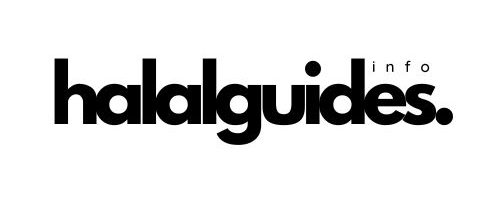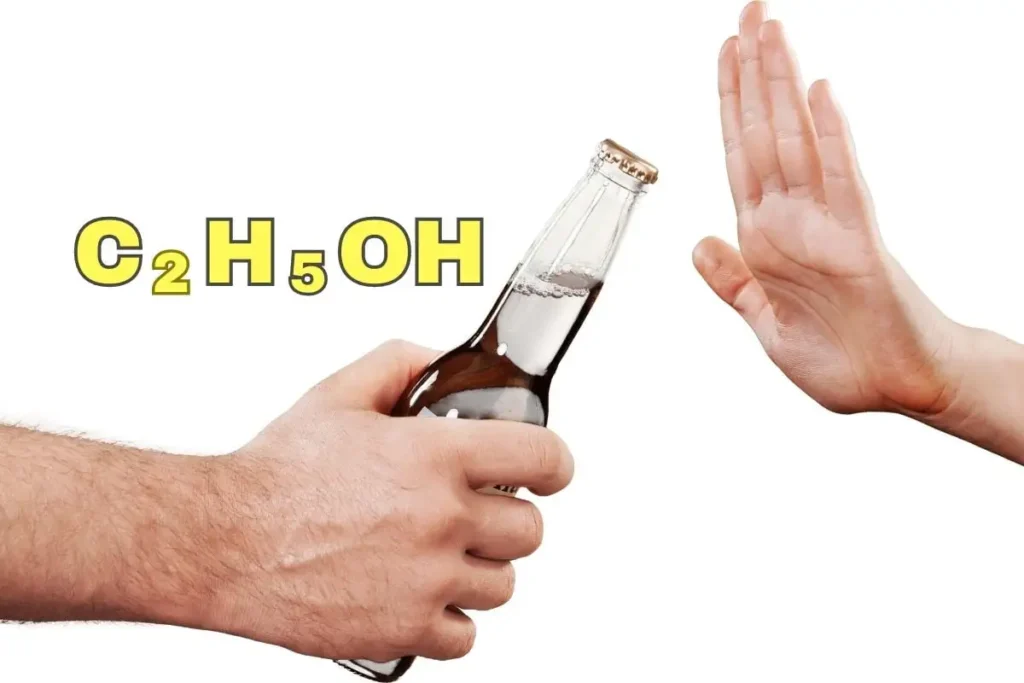Have you ever heard of E102 or Tartrazine? It’s that zesty yellow dye that pops up in some of your favorite snacks and cosmetics. Originating from coal tar (sounds wild, right?), this lemon-yellow superstar has been both a darling for manufacturers and a topic of hot debate.
Some folks raise eyebrows over its potential side effects, especially in kids. So, are you curious about this colorful character? Is E102 Halal or Haram? Let’s find out below.
Key Takeaways
| 📌 E102 (Tartrazine): E102, or Tartrazine, is a bright yellow synthetic dye used in various foods and products. |
| 📌 Possible Effects: Tartrazine may cause allergic reactions in some people and has been debated for its potential link to hyperactivity in children. |
| 📌 Halal Status: Tartrazine is generally considered halal for Muslim consumers, but it’s crucial to be aware of its potential side effects and consume it within recommended limits. |
What Is E102?
E102 Tartrazine is more than just a code on a food label; it’s responsible for the radiant lemon-yellow hue that catches your eye in various products on supermarket shelves. As a synthetic dye, Tartrazine has been formulated to provide consistency in color, ensuring that every product it graces has the same vibrant shade.
It belongs to the azo dye family and is derived from coal tar. Its vibrant color makes it a popular choice for various products, from candies to beverages. But have you ever wondered about its chemical structure?
Chemical Structure
The chemical formula of Tartrazine is C16H9N4Na3O9S2. It’s a complex molecule, and its structure consists of aromatic rings connected by azo groups. This unique structure is responsible for its bright yellow hue.
Wouldn’t it be fascinating to visualize this?

Origins of E102
One might find it surprising that Tartrazine’s origins trace back to coal tar, a thick, dark liquid derived from coal processing. While coal tar might conjure images of industrial settings, its derivatives have found their way into various applications, including the food industry.
E102 Tartrazine is synthesized from a series of chemical reactions involving sulfanilic acid, which is derived from coal tar. The process involves diazotization, coupling reactions, and purification. The end product? A vibrant yellow dye that’s both water-soluble and stable under various conditions.
But beyond its color, does Tartrazine offer any health benefits?
Health Benefits of E102
While many of us recognize E102 Tartrazine for the vibrant lemon-yellow hue it imparts to various products, there’s more to this synthetic dye than meets the eye. Recent studies have begun to explore the potential health benefits of Tartrazine, shedding light on its properties beyond mere coloring.
1. Antioxidant Properties
- The Science Behind It: Antioxidants are compounds that can neutralize free radicals in the body. Free radicals are unstable molecules that can cause cellular damage, contributing to aging and various diseases. Tartrazine, in some studies, has demonstrated antioxidant activity, suggesting its potential to combat these harmful molecules.
- Potential Benefits: If Tartrazine’s antioxidant properties are further validated, it could offer protective benefits against oxidative stress. Oxidative stress is linked to a range of health issues, from inflammation to chronic diseases like heart disease and cancer. By neutralizing free radicals, Tartrazine might play a role in supporting overall cellular health.
2. Mood Enhancer
- The Science Behind It: The potential mood-enhancing effects of Tartrazine are intriguing. Some research suggests that Tartrazine might influence neurotransmitter activity in the brain, possibly elevating mood. However, it’s essential to note that these findings are preliminary, and more extensive research is needed to establish a concrete link.
- Potential Benefits: If further studies support Tartrazine’s mood-enhancing effects, it could offer a novel approach to managing mood disorders or simply boosting overall well-being. While it’s unlikely to replace established treatments, it could provide an additional avenue for enhancing mental health.
However, like all substances, it’s essential to be aware of any potential side effects.
Possible Side Effects
Many people can consume foods and drinks containing Tartrazine without a second thought, Nonetheless, it’s essential to be aware that not everyone reacts the same way. Here’s a closer look at some potential side effects:
1. Allergic Reactions
- The Science Behind It: Allergic reactions to Tartrazine, though relatively rare, can occur in sensitive individuals. The body’s immune system mistakenly identifies Tartrazine as a harmful substance, triggering an allergic response.
- Symptoms to Watch Out For: Those who are allergic to Tartrazine might experience symptoms such as hives, itching, red or swollen skin, and nasal congestion. In more severe cases, symptoms could escalate to asthma or even anaphylaxis, a potentially life-threatening condition that requires immediate medical attention.
- Advice: If you suspect you’re allergic to Tartrazine, it’s crucial to check food labels and avoid products containing this dye. If you experience severe allergic symptoms, seek medical help immediately.
2. Hyperactivity
- The Science Behind It: Over the years, there’s been debate and research into the link between certain food dyes, including Tartrazine, and hyperactivity, especially in children. Some studies suggest a potential connection, while others find no significant link.
- What Does This Mean?: Hyperactivity refers to increased movement, impulsiveness, and difficulty in maintaining attention. Concerns have been raised that Tartrazine might exacerbate these symptoms, particularly in children with Attention Deficit Hyperactivity Disorder (ADHD).
- Advice: While the evidence is not conclusive, parents and caregivers who notice behavioral changes in their children after consuming products with Tartrazine might consider limiting or monitoring its intake. It’s always a good idea to consult with a healthcare professional if you have concerns about potential side effects.
These possible side effects bring us to the question: How much Tartrazine is safe to consume?
Dosage and Administration
Understanding Acceptable Daily Intake (ADI) of Tartrazine
The Acceptable Daily Intake (ADI) is a measure used by regulatory agencies to indicate the maximum amount of a substance that can be consumed daily over a lifetime without posing a significant risk to health. It’s calculated based on animal studies and is usually expressed in milligrams of the substance per kilogram of body weight (mg/kg bw).
ADI for Tartrazine
The ADI for Tartrazine, as established by the World Health Organization (WHO) and the Food and Agriculture Organization’s Joint Expert Committee on Food Additives (JECFA), is 7.5 mg/kg bw. This means that for a person weighing 60 kg (approximately 132 lbs), the acceptable intake would be 450 mg of Tartrazine per day.
Is E102 Halal or Haram?
E102 Tartrazine, with its synthetic origins, aligns with the requirements of Halal dietary laws, making it halal and a suitable choice for Muslim consumers. However, as with all food products and additives, it’s always beneficial for consumers to check for Halal certifications and be informed about the product’s origins and manufacturing processes. This ensures not only adherence to religious guidelines but also peace of mind when making dietary choices.
Find out more:
Is E101 Halal or Haram?
Is E104 Halal or Haram?
Final Words
E102 Tartrazine, with its vibrant yellow hue, is more than just a food colorant. While it offers potential health benefits, it’s crucial to be aware of its side effects and consume it within recommended limits. Always stay informed and make choices that align with your health and beliefs.
FAQ:
Can tartrazine cause allergies?
Yes, some individuals might experience allergic reactions to Tartrazine, such as hives or itching.
Why is Tartrazine banned in some countries?
Concerns about its potential link to hyperactivity in children have led some countries to restrict its use.
Concerns Surrounding Tartrazine:
- Allergic Reactions: Some individuals have reported allergic reactions to Tartrazine. Symptoms can range from mild, such as hives or itching, to more severe reactions like asthma. Although these allergic reactions are relatively rare, they have raised concerns about the dye’s safety for sensitive individuals.
- Hyperactivity in Children: One of the most debated concerns is the potential link between Tartrazine and hyperactivity in children. Some studies have suggested that Tartrazine, along with other artificial colorants, might exacerbate hyperactive behavior in susceptible children, especially those with Attention Deficit Hyperactivity Disorder (ADHD). However, the evidence is not conclusive, and the topic remains controversial.
What are the uses of Tartrazine Tablets?
Tartrazine tablets are primarily used as a colorant in pharmaceuticals, ensuring consistent and appealing product appearance.
- Is Pop Tarts Halal? What You Need to Know - February 18, 2024
- Are Graham Crackers Halal in Islam? - January 19, 2024
- Is Keebler Wheatables Halal? - January 18, 2024





